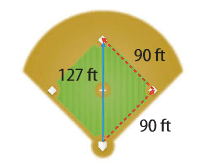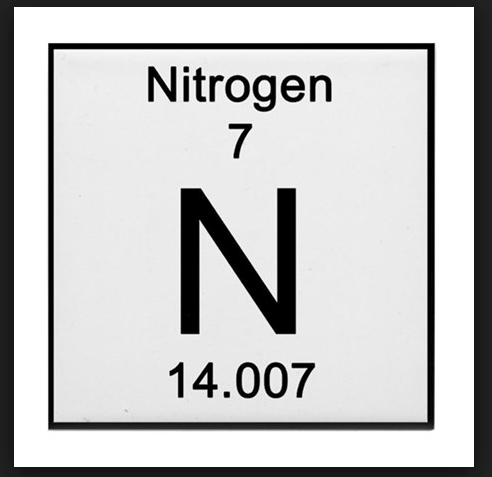Which scientists coined the term atom?
Who is Democritus
The particles that make up an atom are ___________.
What is protons, neutrons, and electrons.
True or False: For an atom to be neutral, the number of protons must equal the number of neutrons.
What is false.
How far an object moves is ___________.
What is distance.
A reference point allows you to determine the ________ of an object.
What is position.
Using one or more of your senses to gather information and taking note of what occurs.
What is observation.
Discovered neutrons.
Who is Chadwick
What is the name of the microscope that made it possible to see atoms?
What is STM.
The length of the Amazon River in South America is 6, 400 kilometers. What is the length written in scientific notation?
What is 6.4 x 10^3 km
Grant hit a homerun! What is his displacement?
hit a homerun! What is his displacement?
What is 0.
The same distance is traveled every second is _________.
What is constant speed.
A possible explanation for an observation that can be tested by scientific investigations.
What is hypothesis.
Which scientists proposed the chocolate chip cookie model for atoms?
Who is Thomson.
A description of an object's location should include which three things?
What is reference point, distance and direction.
Scientist theorize that there are how many types of quarks?
What is 6.
Distance and displacement are equal only if the motion is in one __________.
What is direction.
The speed you read on a speedometer is _________.
What is instantaneous speed.
A logical explanation for an observation that is drawn from prior knowledge or experience.
What is inference.
Determined that cathode rays are negatively charged?
Who is Thomson.
The length of an arrow that represents velocity means __________.
What is speed.
True or False: Every atom of the same element has the same atomic number.
False
How far did the horse travel in 120 s?
What is 2.0 km.
A statement of what will happen next in a sequence of events.
What is a prediction.
The investigation and exploration of natural events and the new information that results from those investigations.
What is science.
Found that atoms have a nucleus?
Who is Rutherford.
The practical use of scientific knowledge, especially for industrial or commercial use.
What is technology.
How many protons does this atom have?
What is 7.
Electrons closer to nucleus have what kind of energy?
If an object speeds up, slows down, or changes direction, it experiences a change in _____.
What is velocity.
An explanation of observations or events that is based on knowledge from many observations and investigations.
What is scientific theory.
Who is credited with developing the atomic theory?
Who is Dalton.
Comparing what you already know with the information you are given in order to decide whether you agree with it.
What is critical thinking.
An atom with atomic number 16 have how many protons?
What is 16.
In an atom, electrons move where?
What is around the nucleus.
A rule that describes a repeatable pattern in nature.
What is scientific law.
Based on his experiment, Rutherford concluded that atoms were mostly _______.
What is empty space.
Believed that all matter was made of fire, water, air, and earth.
Who is Aristotle.
Which two particles would be attracted to each other?
What are electrons and protons.
What number is equal to 4.03 × 10^-6?
What is 0.00000403.
Subway is 4 miles N of school and 3 blocks W of the park. Two _____ are used to locate Subway?
What is dimensions.
The difference between the initial and final position of an object (not following a path).
What is displacement.
Which equipment was used in the discovery of electrons?
What is cathode ray tube.